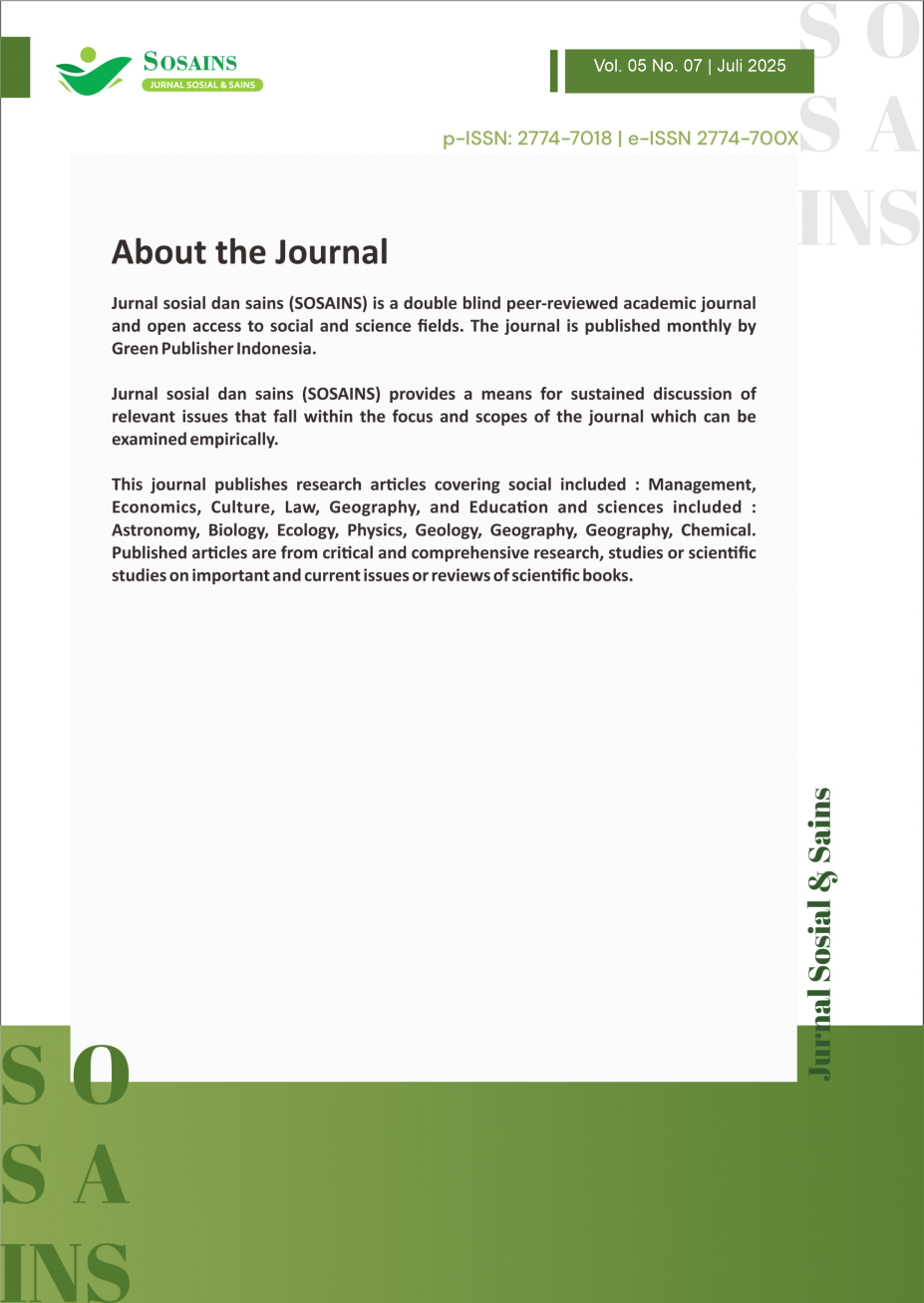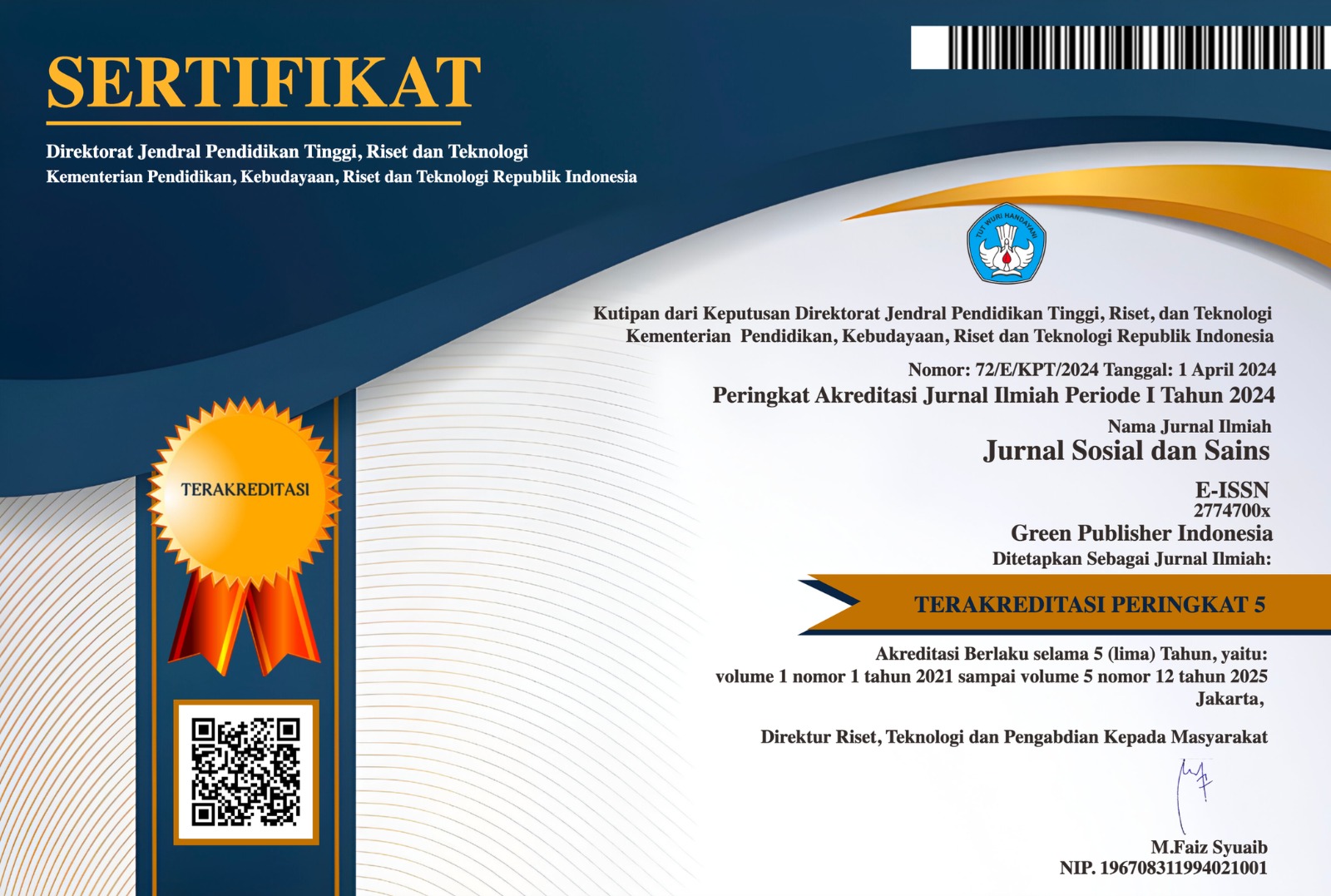Rejection Of Judicial Review Petition By The Tax Court: A Legal Analysis Of The Legal Basis And Authority
DOI:
https://doi.org/10.59188/jurnalsosains.v5i7.32419Keywords:
judicial review, tax court, tax dispute, supreme court, procedural lawAbstract
This article examines the legal basis and authority of the Tax Court in rejecting applications for judicial review (peninjauan kembali “PK”) in Indonesian tax dispute proceedings. Under Indonesia’s current tax court procedure, a PK is an extraordinary legal remedy filed to the Supreme Court through the Tax Court. The Tax Court’s role is not only to forward the case files to the Supreme Court but also to ensure that formal requirements are fulfilled. Applicable law (Law No. 14 of 2002 on Tax Court) limits PK applications to one filing and within a strict deadline. The Tax Court is empowered to refuse or return a PK application that does not meet these legal conditions – for example, if the application is a prohibited second PK, filed past the 3-month time limit, or missing required documents. This authority is grounded in statutory provisions, Supreme Court regulations, and the Tax Court’s own rules. Through normative juridical analysis, this article finds that the Tax Court’s refusal of non-compliant PK applications is legally justified as a gatekeeping function to uphold procedural law and ensure judicial efficiency. The conclusions highlight that the Tax Court’s limited authority in this context aligns with its duty to enforce formal requirements, while the substantive examination of tax disputes via PK remains the prerogative of the Supreme Court.
Downloads
Published
How to Cite
Issue
Section
License
Copyright (c) 2025 Alfrinno Archon Megeido, Otto Sumaryoto, Siti Patimah

This work is licensed under a Creative Commons Attribution-ShareAlike 4.0 International License.
Authors who publish with this journal agree to the following terms:
- Authors retain copyright and grant the journal right of first publication with the work simultaneously licensed under a Creative Commons Attribution-ShareAlike 4.0 International (CC-BY-SA). that allows others to share the work with an acknowledgement of the work's authorship and initial publication in this journal.
- Authors are able to enter into separate, additional contractual arrangements for the non-exclusive distribution of the journal's published version of the work (e.g., post it to an institutional repository or publish it in a book), with an acknowledgement of its initial publication in this journal.
- Authors are permitted and encouraged to post their work online (e.g., in institutional repositories or on their website) prior to and during the submission process, as it can lead to productive exchanges, as well as earlier and greater citation of published work.








